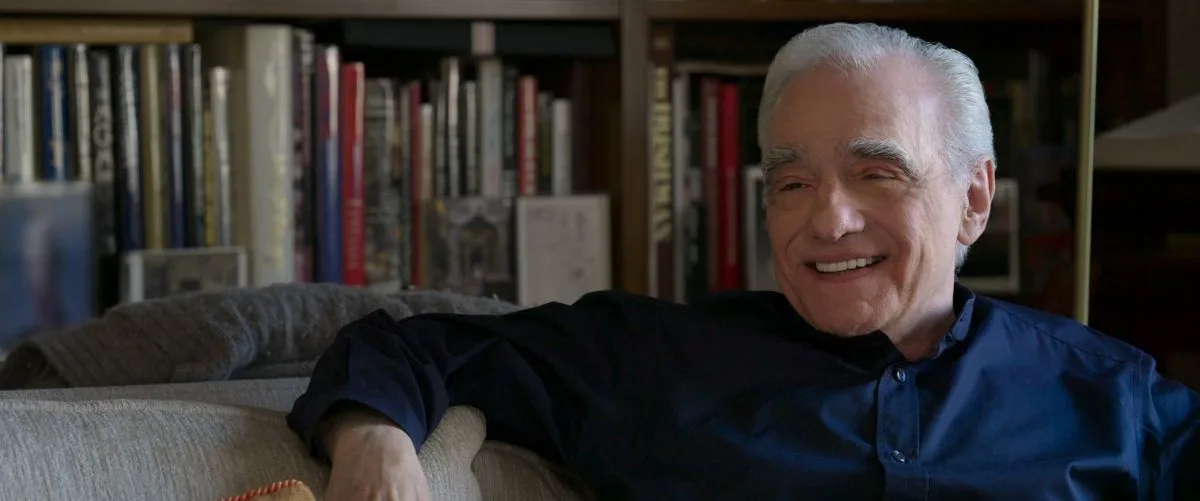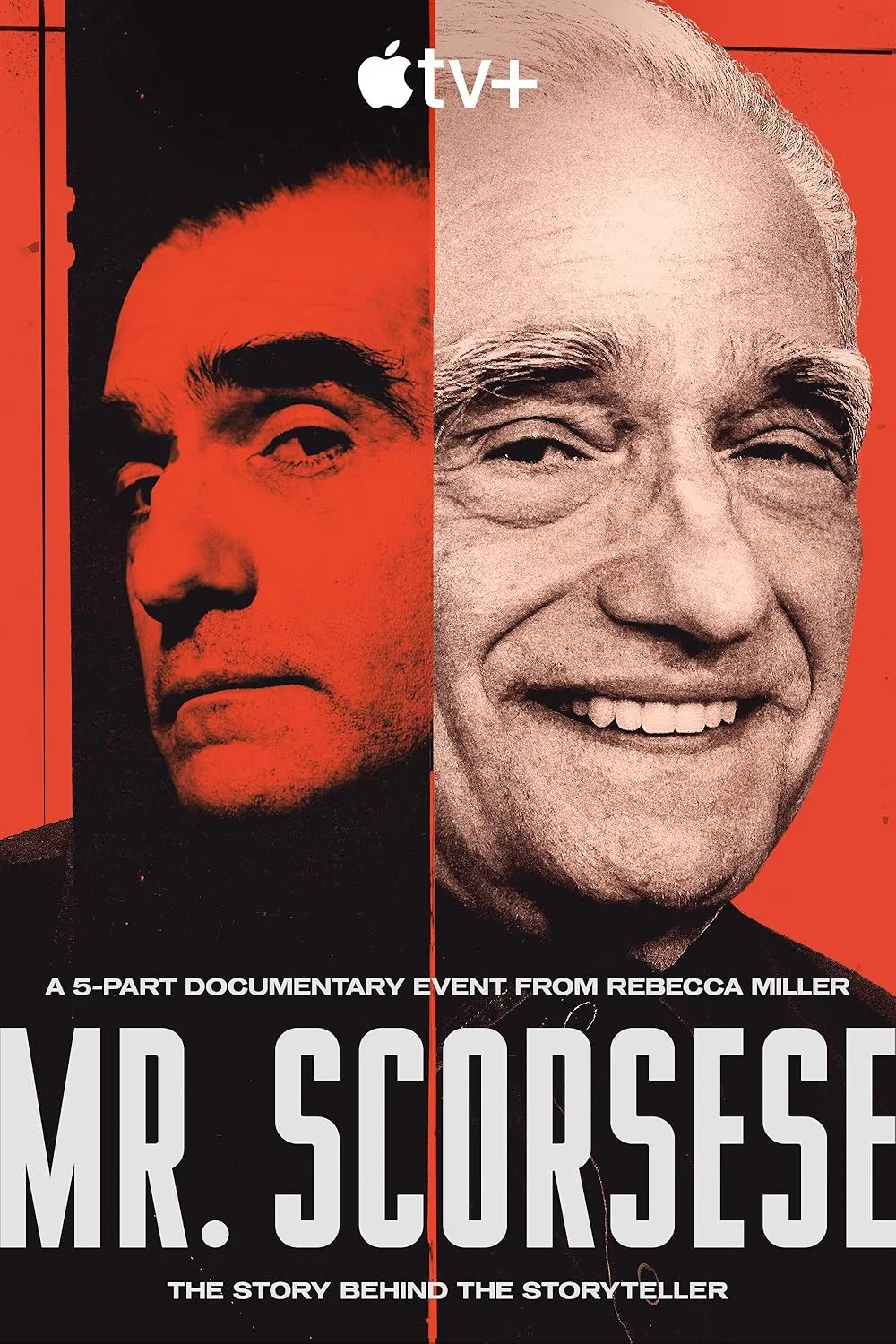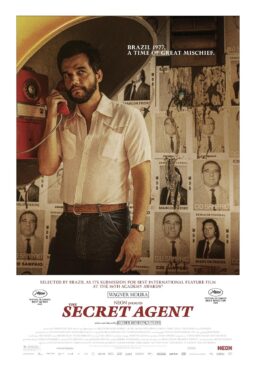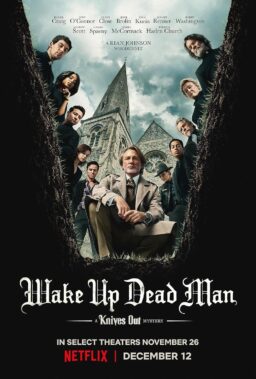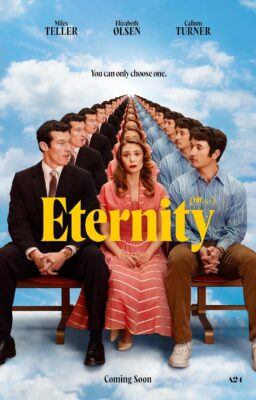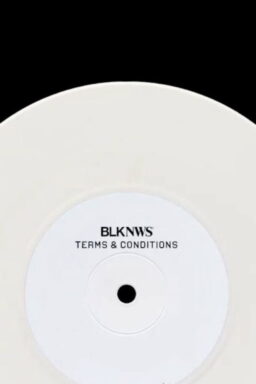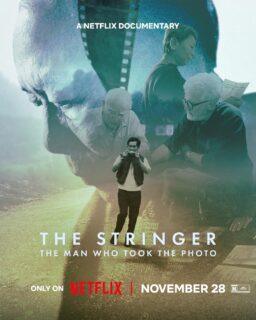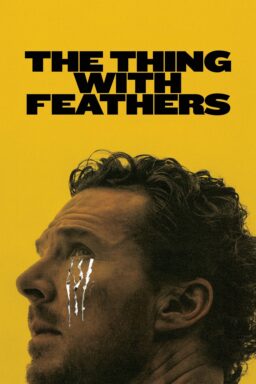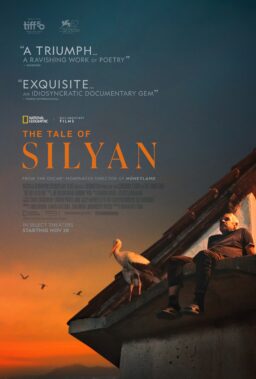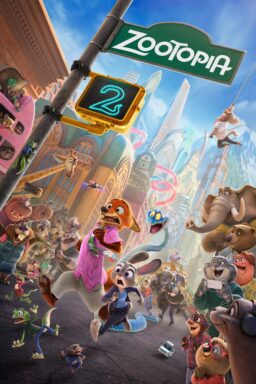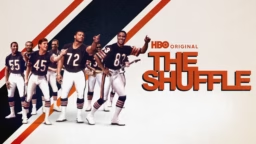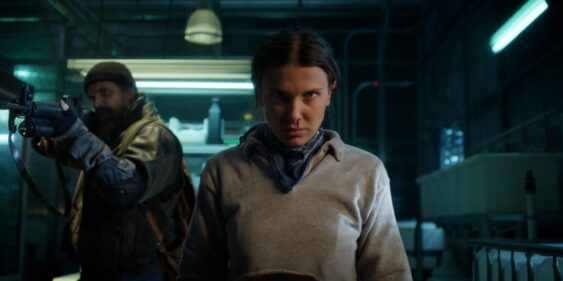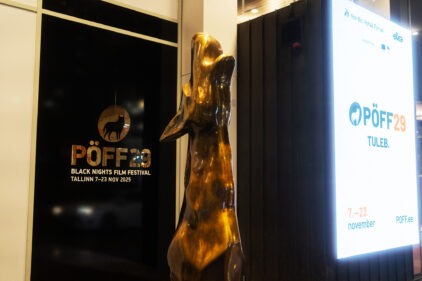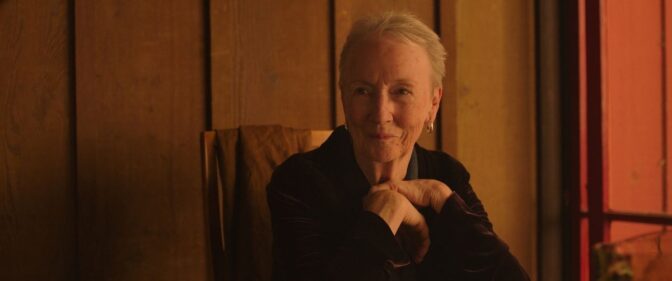“He’s a sensualist, but he works like a coal miner. And he has the vocation of a man of the cloth.”
–Daniel Day-Lewis on Martin Scorsese
Martin Scorsese is one of the few American filmmakers who could get a 5-hour docuseries about their work, and it still feels somewhat incomplete. The life and legacy of the living legend who directed “Taxi Driver,” “GoodFellas,” “Raging Bull,” “Killers of the Flower Moon,” and many more is captured by his closest friends and colleagues in “Mr. Scorsese,” the new Apple TV mini-series that premiered recently at the New York Film Festival before a streaming launch this weekend. One of many striking, essential elements of Scorsese’s story is embodied in who director Rebecca Miller interviews to tell it. Marty’s closest friends are his colleagues (and his lovingly presented family), and it’s invigorating to see so many talented people who were willing to try and verbalize what working with him was like and how it impacted their careers. Miller rushes through some chapters of Scorsese’s filmography, especially the last era, but her simple, refined interviewing skills are what really hold “Mr. Scorsese” together. Well, that, and stories about some of your favorite films of all time.
“Mr. Scorsese” is essentially a cradle-to-today bio-doc, starting with the influential childhood anecdotes that his diehard fans probably know. A very emotionally and intellectually open Scorsese tells the stories of his youth, like when his family was forced out of their neighborhood into one in which he saw mob violence on the streets … when he was allowed to leave his room. As Spike Lee jokes, thank God for asthma because it really shaped Scorsese’s worldview. Not only did it make him an outsider, but he also watched the world on the street below him through panes of glass framed like movie screens. He spent his days in his room drawing storyboards for the movies in his head, visions inspired by theater excursions, which were a safe activity for him due to his asthma. Miller wisely includes Scorsese’s actual friends from these New York streets in the first chapter, creating the feeling of sitting in a family reunion, hearing the elders talk about the good old days that are far away in time but close in heart.
This open-hearted approach to biography imbues so much of “Mr. Scorsese.” That opening chapter that features names and faces you haven’t seen before—including the real guy that Robert De Niro’s character in “Mean Streets” was based on—gives way to anecdotes from famous faces, but the energy remains the same. From the kids that Marty ran with in New York to his formative connection with Thelma Schoonmaker on “Woodstock” to his collaborations with De Niro, Day-Lewis, and Leonardo DiCaprio, the throughline of “Mr. Scorsese” is people inspired by one another to be better. Scorsese is willing to talk about the drug abuse that nearly killed him and how he’s struggled to manage stress and anger throughout his life, but this project is largely a love letter to creativity, a story of a man who pushed through every valley in his career to create a higher peak.
Of course, what many will take away from “Mr. Scorsese” are the great stories. From Irwin Winkler using the desire for “Rocky II” to persuade the studio to finance “Raging Bull” to the chaotic ways performers on the set of “The Wolf of Wall Street” attempted to one-up each other through improvisation, “Mr. Scorsese” is full of wonderful anecdotes. It’s arguably at its best when it gets the most granular regarding Scorsese’s process—such as in a detailed account of how the director got DiCaprio to the right place for a key scene in “The Aviator”—but I’ll admit to wishing that if it was going to go that deep about specifics that it should have been twice as long. Scorsese’s last three films—“Silence,” “The Irishman,” and “Killers of the Flower Moon”—get a total of about ten minutes at the very end, and they say a great deal about Scorsese’s life just in their focus on faith and history. Maybe those projects are too recent to allow for the same 20/20 hindsight as the rest of his remarkable career.
In the end, “Mr. Scorsese” is basically a long conversation between a great interviewer/filmmaker and maybe the greatest director. Miller even allows herself to be heard at times, pushing Marty toward a memory or a moment of self-discovery. It works so well because of the comfort between the two artists, and that’s really what has fueled so much of their career. Whether it was with Schoonmaker, De Niro, Robbie Robertson, Sharon Stone, or DiCaprio, Martin Scorsese brought the best out in people. He was almost a priest, but he never lost the sense of faith and community that people seek out in churches. He just found them in movie theaters instead.
Whole series screened for review. Premieres on Apple TV on October 17.

